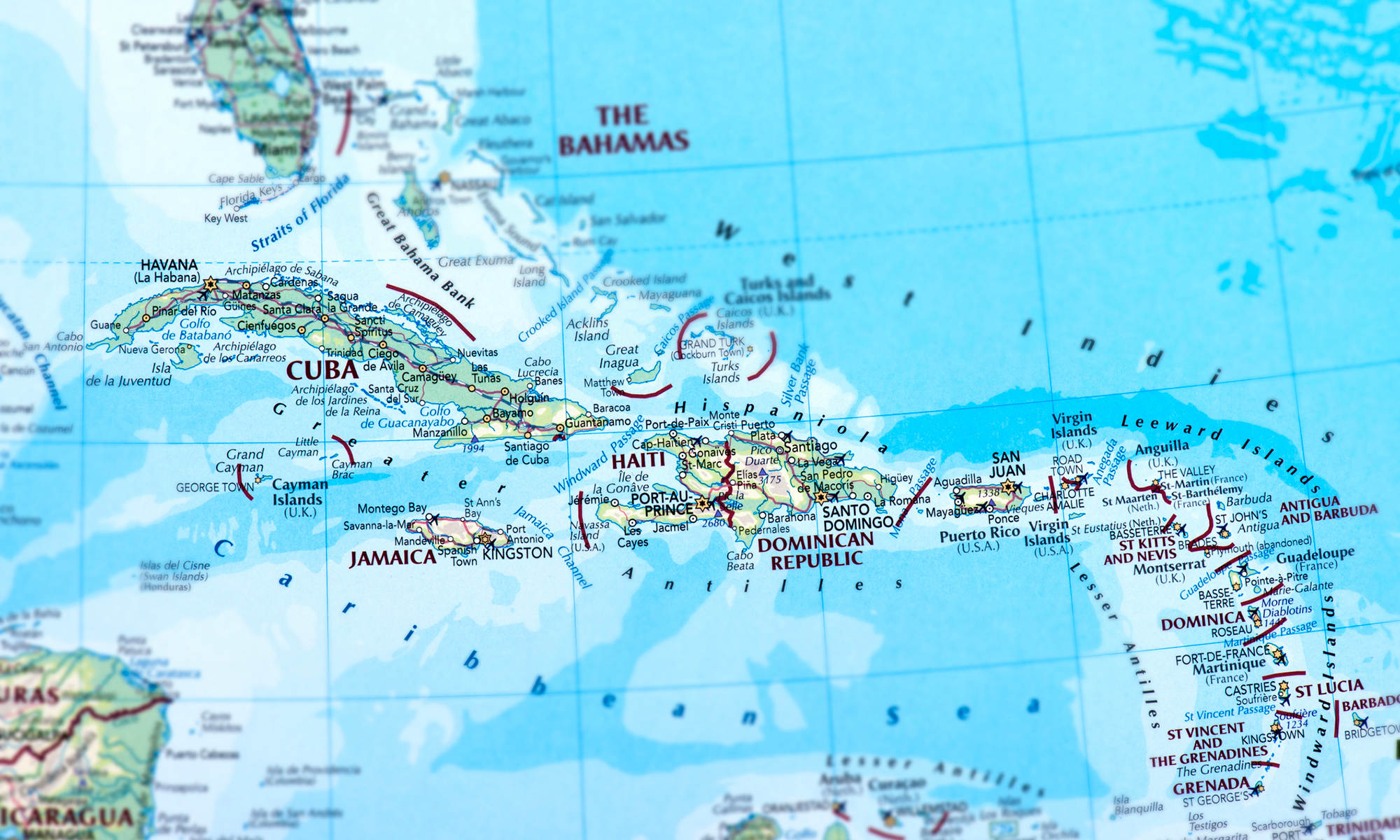The construction of Cuba’s first Roman Catholic Church since Castro came to power in 1959 may well be the first test of the new U.S. policy towards Cuba. The new church, with an expected capacity to accommodate at least 200 worshipers, is set to be built in Sandino, a small, secluded town in the province of Pinar del Rio. Most of the money for the church’s construction was raised by the St. Lawrence Catholic Church in Tampa, Florida. Father Tom Morgan, the vicar of St. Lawrence’s parish, told CNN that he was optimistic that recent changes in U.S. policy towards Cuba would permit his parish to send supplies and building materials to Cuba to help construct the new church.
The changes in Cuba policy mentioned by Father Morgan were put into effect by amending the Commerce Department’s Export Administration Regulations (EAR). On January 16, 2015, the EAR were amended to authorize the export and re-export of certain items to Cuba that are intended to improve the living conditions of the Cuban people. The new regulations permit the export of building materials, equipment and tools for use by the private sector to construct or renovate privately-owned buildings, including places of worship such as the proposed church being built in Sandino. Hence, the efforts of Tampa parishioners to build a church in an out-of the-way village in Cuba could be an early test of the President’s strategy of strengthening civil society in Cuba by supporting independent economic activity.
The new regulations also permit the sending of building materials to Cuba to build privately-owned residences, businesses and buildings for private sector social or recreational use. The U.S. Department of Commerce’s EAR, found at 15 CFR parts 730-774, can be read by clicking here.
